|
Cercocarpus ledifolius (Curl Leaf Mountain Mahogany)
|
Kingdom
|
:
|
Plantae Plants
|
|
Subkingdom
|
:
|
Tracheobionta Vascular plants
|
|
Superdivision
|
:
|
Spermatophyta Seed plants
|
|
Division
|
:
|
Magnoliophyta Flowering plants
|
|
Class
|
:
|
Magnoliopsida Dicotyledons
|
|
Subclass
|
:
|
Rosidae
|
|
Order
|
:
|
Rosales
|
|
Family
|
:
|
Rosaceae Rose family
|
|
Genus
|
:
|
Cercocarpus Kunth mountain mahogany
|
|
Species
|
:
|
Cercocarpus ledifolius Nutt. curl-leaf mountain mahogany
|
|
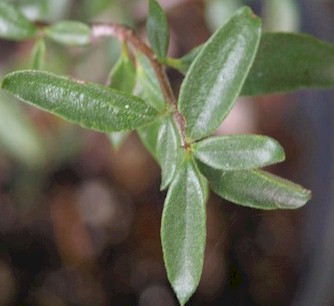 |
|
A very unusual,
small evergreen tree for dry sunny sites.
-
A native of western
North America this tree is often found along side pine trees in
mountainous regions where rocky soils are present.
-
Mature trees can
reach 45 feet but expect around 25 feet in most landscape situations.
-
The small glossy
dark green leaves have rolled margins and are hairy underneath.
-
Small white flowers
appear along the leaf axles but more decorative are the long fuzzy
plumed fruit.
-
It is hardy in USDA
zones 5-9, and very draught tolerant once established.
-
The gray bark
becomes attractive and furrowed with age and the new twigs are an
attractive red. Native Americans used this tree medicinally and also
made a dye from the red inner bark.
-
The hard wood was
great for smoking meat and sturdy for making arrow shafts.
-
Mountain Mahogany is
listed as important winter forage for big game animals due to the
unusually high protein content of the leaves.
|
|
|
|
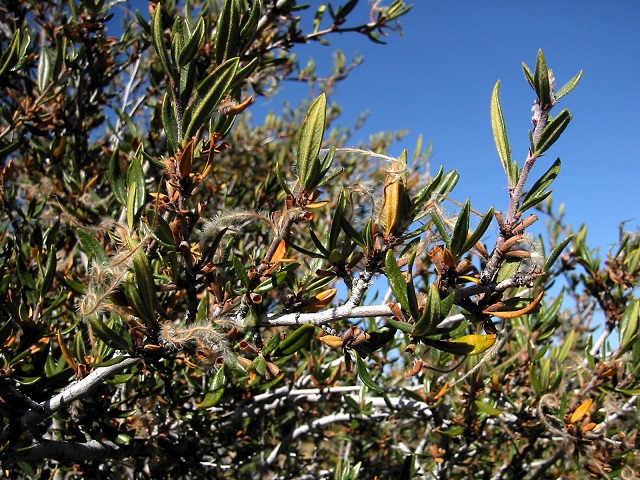
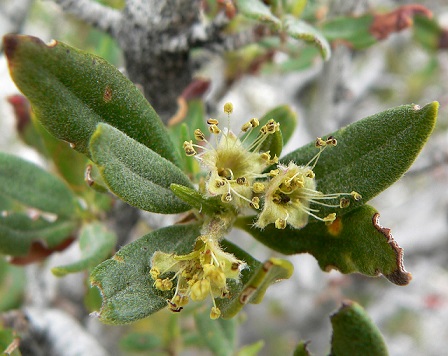
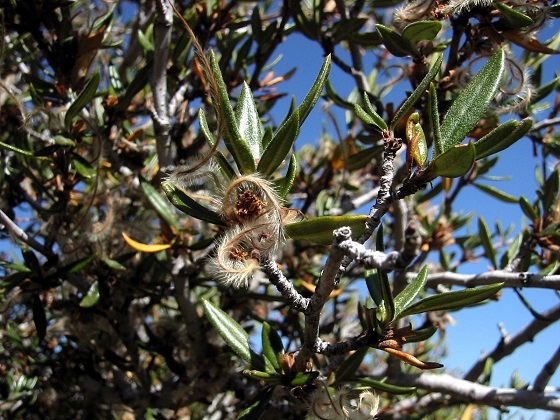
Photo, left, credit: Walter Siegmund; Photo, center, credit: Stan Shebs,
Lee Canyon, NV;
Photo, right, credit: Walter Siegmund_Lava Beds National Monument |
|
sm.jpg) 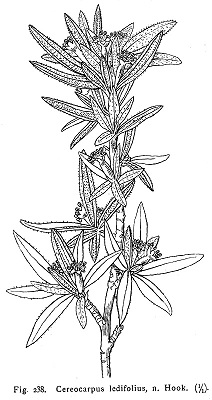 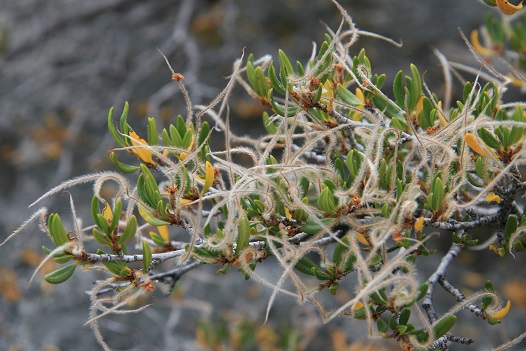
Photo, left, credit: Matt Lavin from Bozeman, Montana, USA;
Photo, right, credit: Dcrjsr |
|
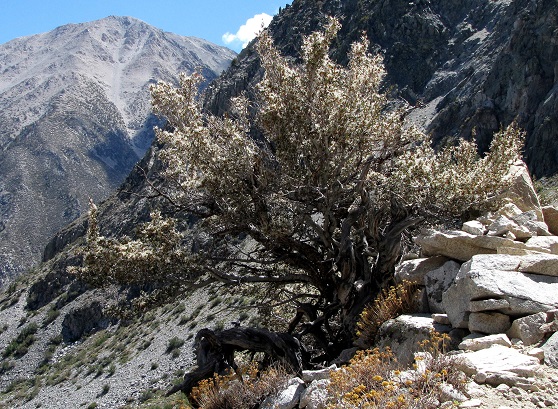
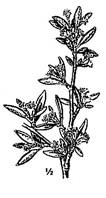 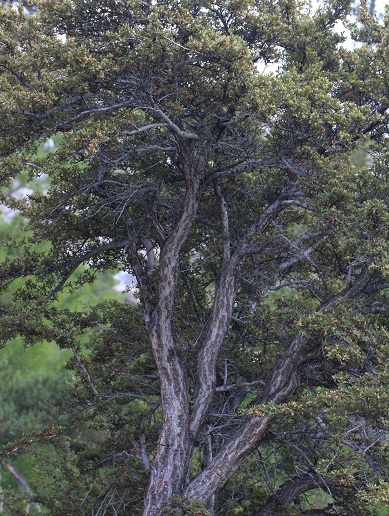
 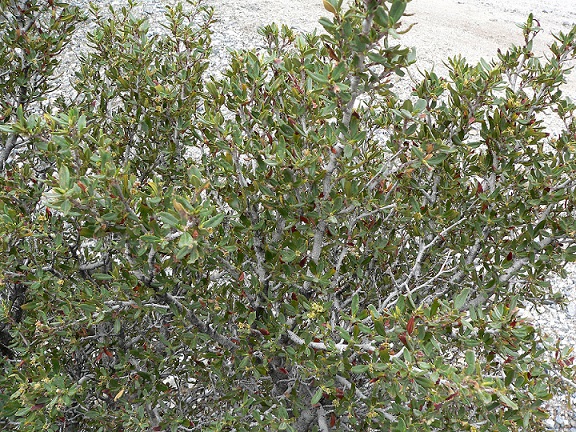
Photo, left, credit: Davefoc; Photo, center, credit: Dcrjsr;
Photo, right, credit: Stan Shebs, Lee Canyon, NV |
